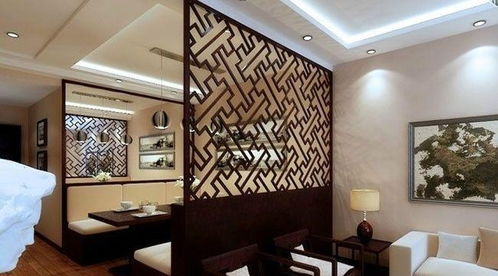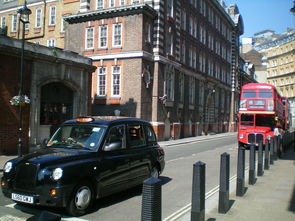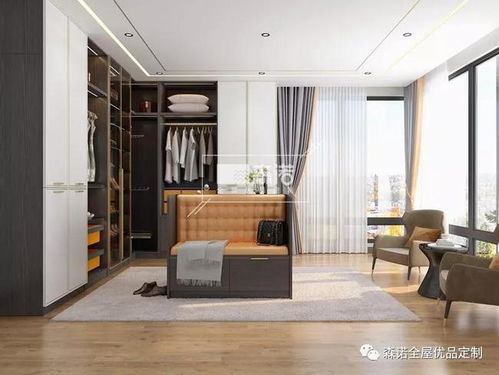家具卖场装修隔断造型
Interactive Displays:
Integrate interactive displays within select partitions, offering customers a handson experience to explore product features or customization options. These interactive elements serve as focal points, driving customer engagement and brand interaction.Conceptual Design:
Before embarking on the design journey, it's imperative to comprehend the primary objectives behind partitioning within a furniture store:
Understanding the Purpose:
Designing partition layouts for furniture stores is a multifaceted endeavor that requires a balance between functionality, aesthetics, and brand identity. By understanding the purpose behind partitioning, considering key design principles, and embracing innovative solutions, furniture retailers can create immersive shopping experiences that resonate with customers and elevate their brand presence in the competitive market landscape.
Modular Partitions:
Utilize modular partition systems with interchangeable panels, allowing for effortless reconfiguration based on seasonal trends or new arrivals.*Innovative Furniture Gallery*
2.
Aesthetic Appeal:
The design should harmonize with the store's branding and ambiance, enhancing the overall visual appeal and creating an inviting atmosphere for customers.2.
Material Selection:
Choose materials that not only align with the store's aesthetic vision but also offer durability and easy maintenance. Options such as glass, wood, metal, or a combination thereof can be explored based on the desired look and feel.3.
Product Segmentation:
Effective partitions aid in categorizing different furniture collections or themes, facilitating easier navigation for customers and promoting targeted product showcasing.4.
Acoustic Considerations:
In openplan store layouts, acoustic performance becomes crucial to ensure a comfortable shopping environment. Utilize soundabsorbing materials or strategic placement of partitions to mitigate noise levels and enhance the overall ambiance.
Branding Elements:
Infuse brand identity into partition designs through customprinted panels or discreetly positioned logos. This subtle branding reinforces brand recognition and adds a personalized touch to the overall store environment.4.
Embrace Versatility:
Embrace the versatility of partitions by utilizing them not only for spatial division but also as display platforms or interactive elements. Incorporating features like shelving units or product showcases enhances both functionality and visual interest.3.
Visual Continuity:
Maintain visual continuity across partitions by aligning design elements, colors, and textures cohesively. Consistency in design fosters a sense of harmony and elevates the overall aesthetic appeal of the store.Drawing inspiration from the principles outlined above, let's envision a partition layout for the "Innovative Furniture Gallery," a contemporary furniture store specializing in modular designs and multifunctional pieces.

Key Considerations for Partition Design:
3.
Lighting Integration:
Integrate lighting solutions within or behind partitions to accentuate displayed products and create visually appealing focal points. Adjustable lighting fixtures enable highlighting specific merchandise or seasonal collections.1.
Space Optimization:
Partition layouts should aim to maximize the utilization of available space while ensuring efficient traffic flow and clear product visibility.In the dynamic landscape of furniture retail, the design of partition layouts within a store holds paramount importance. Not only do these partitions delineate spaces, but they also contribute significantly to the overall ambiance, functionality, and customer experience. Let's delve into the intricacies of designing partition layouts for furniture stores, exploring key considerations and offering insightful recommendations.
1.
Clear Pathways:
Maintain spacious walkways between partitions to facilitate easy navigation for customers, avoiding congestion and ensuring a seamless shopping experience.Title: Maximizing Space and Aesthetics: Designing Partition Layouts for Furniture Stores
Conclusion:
Guiding Principles for Effective Partition Layouts:
2.
Strategic Positioning:
Place partitions strategically to create distinct zones within the store, delineating different furniture categories or lifestyle setups. Ensure that each partition serves a purpose in guiding the customer journey.1.
Flexibility and Adaptability:
Opt for modular partition systems that offer flexibility in configuration. This allows for easy rearrangement as per evolving store requirements or promotional campaigns.5.
Brand Identity:
Incorporate brand elements such as logos, colors, or signage into partition designs to reinforce brand identity and create a cohesive visual narrative throughout the store.











